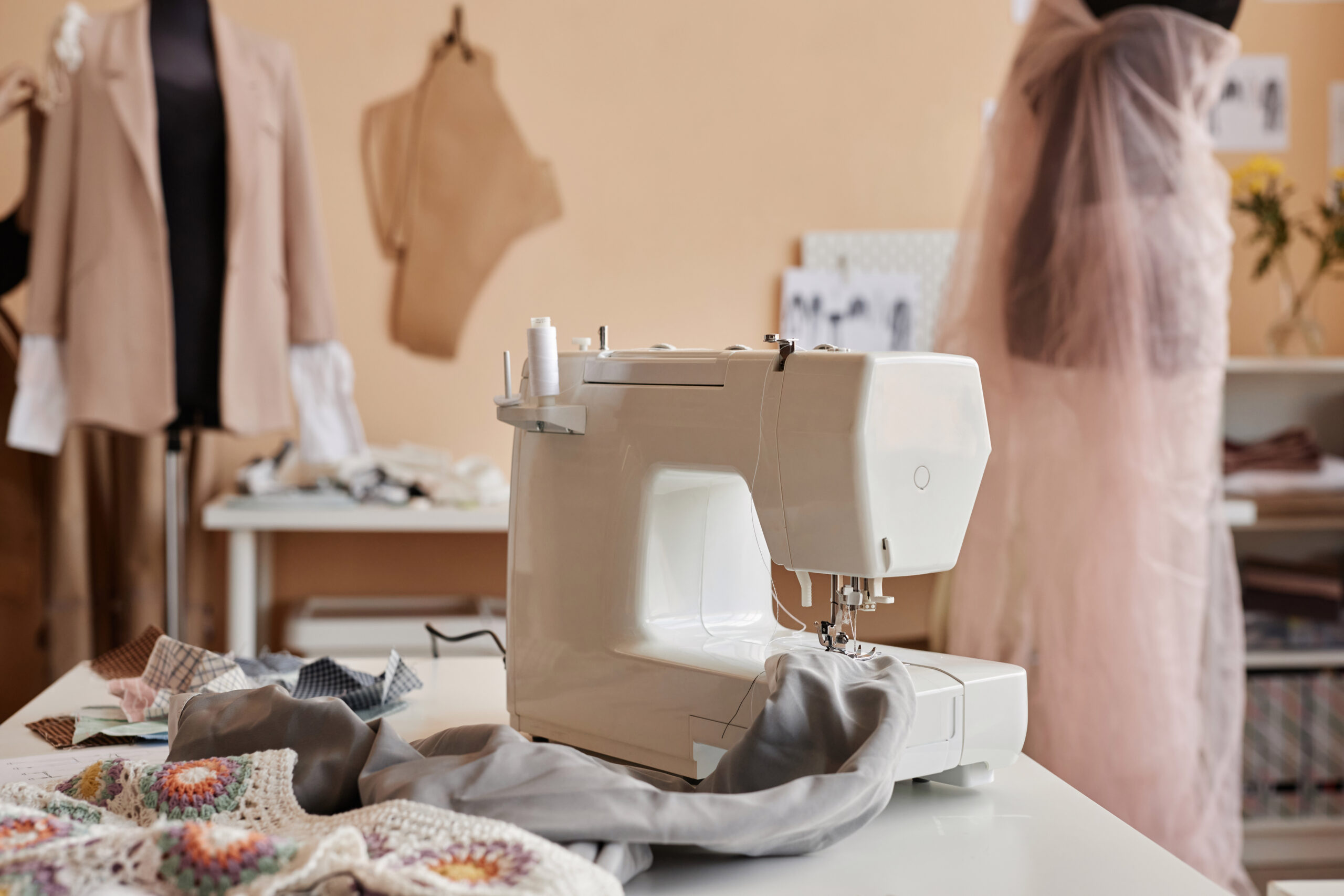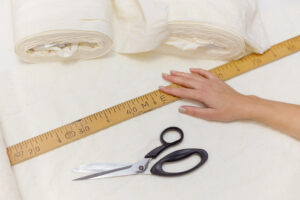Introduction: Unraveling the Artistry of Knit Fabric
Knit fabrics, with their stretchy embrace and versatility, open the door to a world of comfort and creativity in the realm of sewing. Whether you’re a newbie or a seasoned sewist, working with knits can be a rewarding experience. In this comprehensive guide, we’ll unravel the secrets of sewing with knit fabrics, turning your projects into wearable works of art.
Understanding Knit Fabrics: The Essence of Stretch
Unlike woven fabrics, knits are created by interlocking loops of yarn, resulting in a fabric with inherent stretch. From jersey to ribbed knits, understanding the characteristics of different knit fabrics is the first step in crafting garments that are both stylish and comfortable.
1. Fabric Selection: The Right Stretch for Your Project
Choose the right knit fabric for your project by considering the stretch percentage and weight. Whether it’s a lightweight jersey for a flowy dress or a stable double knit for structured garments, matching the fabric to the project ensures success.
2. Essential Tools: Equip Yourself for Knit Magic
Gather the tools essential for sewing with knits:
- Ballpoint or stretch needles
- Quality pins or clips
- Polyester or cotton-covered elastic for waistbands
- A walking foot for smooth feeding
- Stretch thread for added durability
3. Pattern Selection: Embracing Knit-Friendly Designs
Opt for patterns specifically designed for knits. Look for terms like “stretch” or “knit” on the pattern envelope. Knit patterns often have a different set of markings and ease allowances, accommodating the unique properties of knit fabrics.
4. Cutting Techniques: Respect the Stretch
When cutting knit fabrics, ensure that the fabric lays flat and is not distorted. Use weights or pattern weights to secure the fabric, and opt for a rotary cutter or sharp scissors to create clean edges. Consider using a cutting mat to protect your work surface.
5. Stitch Selection: Unlocking the Power of Stretch Stitches
Choose the right stitch for your knit fabric. While a straight stitch may work for stable knits, use a zigzag stitch, overlock stitch, or twin needle for stretchier fabrics. Experiment with stitch lengths and widths to find the perfect balance between flexibility and stability.
6. Seams and Hemming: The Art of Finishing
Seams in knit fabrics require a bit of finesse. Experiment with techniques like serging, zigzag stitching, or using a twin needle to finish seams neatly. For hems, consider using a twin needle, coverstitch machine, or a stretch stitch to maintain the fabric’s elasticity.
7. Pressing: Gentle Care for Knit Elegance
While knits are less prone to wrinkles, pressing remains an essential step. Use a low to medium heat setting on your iron and press gently. Be mindful not to overstretch the fabric during pressing.
Conclusion: Crafting Comfort in Every Stitch
Sewing with knit fabrics is an art that blends comfort and style. As you embark on this journey, embrace the stretch, play with patterns, and let your creativity flow. May your knit creations be a testament to the comfort and elegance that knitting brings to the world of sewing.
Happy sewing, and may your stitches stretch as far as your imagination!




